 | « Back to article | Print this article |
President Obama's coming visit to India has created quite a buzz, here is a look at all past visits of American Presidents to the country
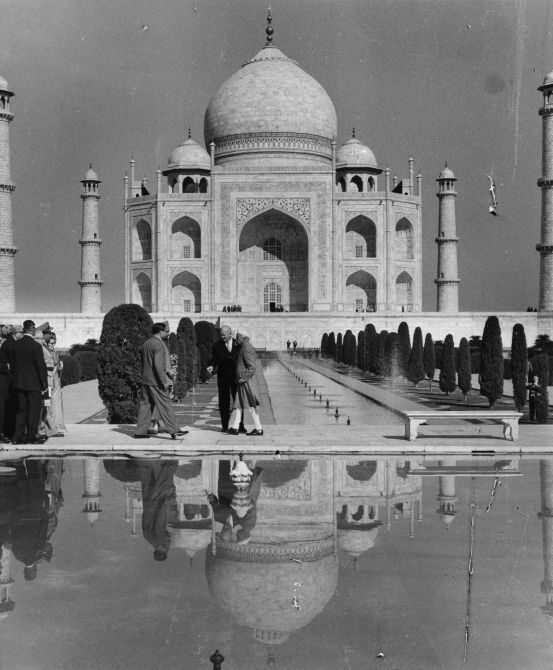
Dwight D Eisenhower (July 31, 1969)
Dwight D (Ike) Eisenhower paid a five-day visit to India, the first ever by a US president, in the last year of his second term. During the visit, he spoke at a huge public rally at New Delhi’s Ramlila Ground, addressed a joint sitting of Parliament and ‘fulfilled his childhood dream’ of visiting the Taj Mahal.
The visit, high on symbolism, promised more American aid to India, and brought US-India bilateral relations to a friendlier footing. Under Jawaharlal Nehru, India refused to be part of a US or Soviet-led military alliance.
Eisenhower respected the Indian position but went on to say America’s relationship with India was of the head, while that with Pakistan was of the heart.
Fifty years later, as India and the US concluded their first ‘Strategic Dialogue’ in June 2010, US Secretary of State Hillary Clinton said, “The India-US relationship was ‘an affair of the heart, not just of the head’.
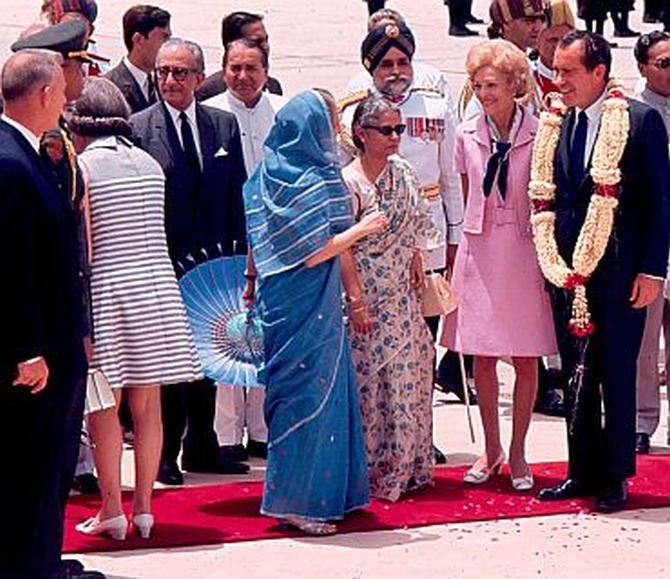
Richard Nixon (July 31, 1969 -- August 1, 1969)
Nixon, who visited India as part of his Asian tour, six months after becoming president, spent barely 22 hours in New Delhi. The shortest by a US President to India reflected the unease between him and the then prime minister, Indira Gandhi, which worsened in the run-up to and the aftermath of the Bangladesh war of 1971.
Apart from a five-day trip as vice-president in 1953, Nixon had visited India as a private citizen in 1963 and 1967. According to former US diplomat Dennis Kux, “on both occasions, the Indians received him with the minimum of appropriate protocol, while the Pakistanis lionised the former Vice-President.”
As for the 1969 visit, observers noted discussions between Gandhi and Nixon lacked warmth.
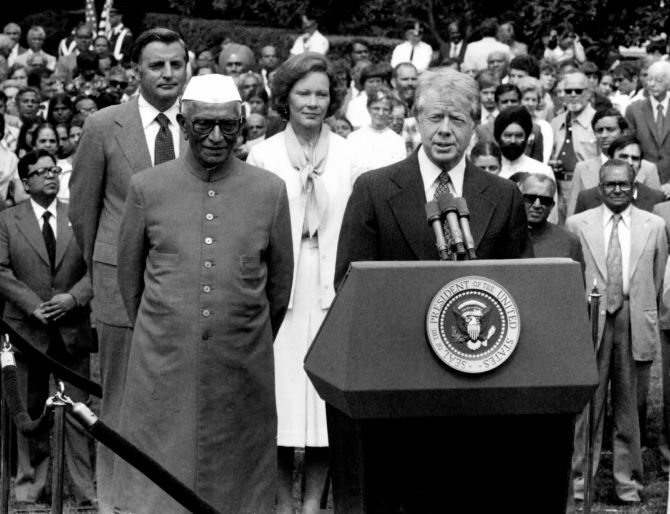
Jimmy Carter (January 1, 1978 -- January 3, 1978)
The visit came barely a year after the Janata Party’s historic election win. Americans considered the then prime minister, Morarji Desai, anti-Communist and believed his government might mark a departure from Indira Gandhi’s pro-Soviet policy.
The visit was meant to break the thaw in relations after the Bangladesh War and the 1974 Pokhran nuclear test. The aid that was suspended after the Bangladesh war was revived.
Apart from addressing a joint session of Parliament, Carter also visited a village near Delhi. The fact that Carter had started life as a peanut farmer was advertised to build a bond between him and Indian farmers.
His mother Lillian had spent several months in India as a Peace Corps worker after the second World War, including in that particular village of Gurgaon. Carter and his wife Rosalynn gifted a television set to the village and promised funds.
The village, in Daulatpur-Nasirabad, changed its name soon after and is called Carterpuri to this day. However, the visit didn’t go according to plan. Carter wanted the Indians to put an end to their nuclear ambitions.
Microphones picked up Carter telling his Secretary of State how he told Desai he would authorise the transfer of fuel to the Tarapur plant but “it didn’t seem to make an impression on him. When we get back, I think we should write him another letter, just cold and very blunt.” This helped the pro-Soviet Opposition to claim only Soviets were true friends of India.
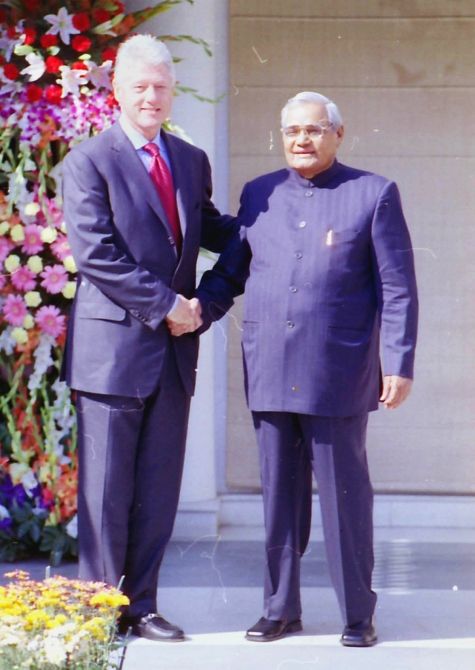
Bill Clinton (March 21, 2000 -- March 25, 2000)
Clinton, like Eisenhower, visited India in the last months of his second term. But the visit ended American sanctions, imposed after the 1998 nuclear tests, and marked the beginning of closer US-India strategic and economic ties.
By spending five days in India and barely five hours in Pakistan, Clinton proved to the Indian establishment that India and Pakistan stood de-hyphenated in Washington’s scheme of things. Clinton, and daughter Chelsea, visited the IT hub in Hyderabad, the Taj Mahal in Agra, besides Jaipur, Mumbai and New Delhi, charming the Indian public wherever they went.
A measure of Clinton’s popularity in India, despite his problems over a sex scandal back home, was palpable as India parliamentarians mobbed him after his address to a joint session.
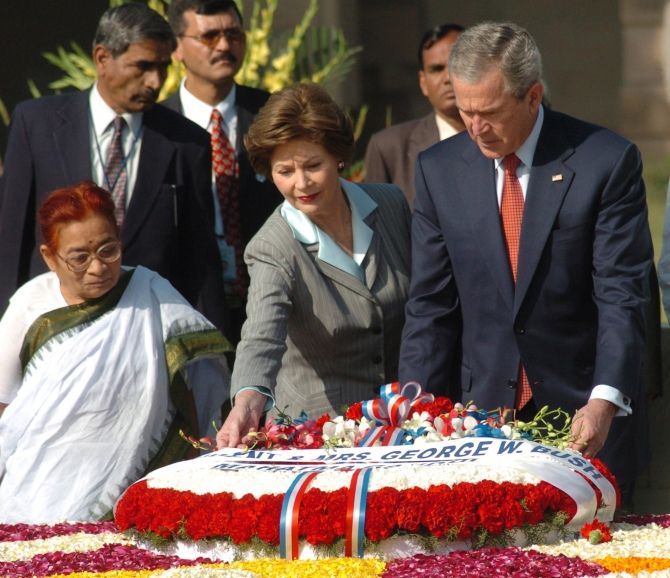
George W Bush (March 1, 2006 -- March 3, 2006)
Some have described Bush as the best American president India ever had. But unlike Obama, who is visiting India a second time, Bush spent barely 60 hours in India during his only trip to the country in his two terms as US President.
Besides, Bush is one of two US Presidents not accorded the honour of addressing a joint sitting of Parliament. The other one was Nixon.
The Left parties, which then supported the Manmohan Singh government from outside, were opposed to honouring Bush, so he delivered his address to a select audience at New Delhi’s Purana Qila. But Bush did enough for Singh to declare in 2008 that “the people of India deeply love you”.
During the visit, Bush and Singh finalised the framework of the India-US nuclear deal which paved the way for India to become the only country outside of the Non-Proliferation Treaty to be allowed to pursue nuclear commerce.
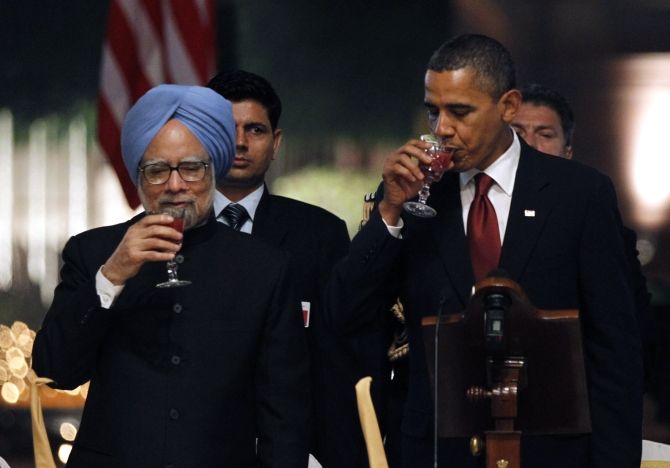
Barack Obama (November 6, 2010 -- November 9, 2010)
Obama and First Lady Michelle visited Mumbai and Delhi, and met the survivors of the 26/11 terror attack, besides students of St Xavier’s College and the underprivileged children at a non-government organisation.
The US first couple won millions of hearts as they spoke freely, and on one occasion Michelle sang and danced. Obama addressed Parliament, backed India’s ambition to become a permanent member of the United Nations and said India-US was the defining partnership of the 21st Century, but also chided New Delhi for not doing enough to encourage democracy in neighbouring Myanmar.
During his visit, India and the US agreed to $14.9 billion worth of trade deals.